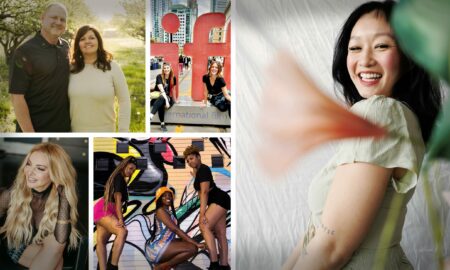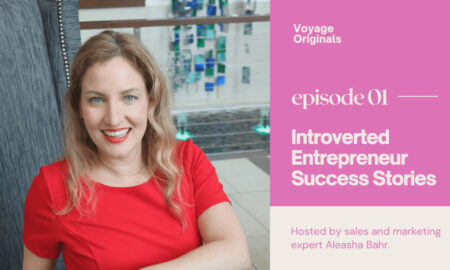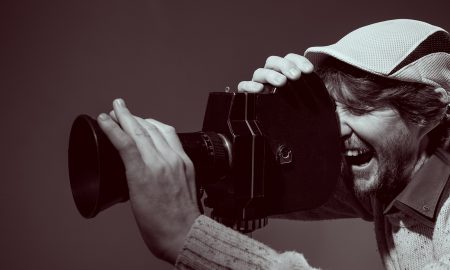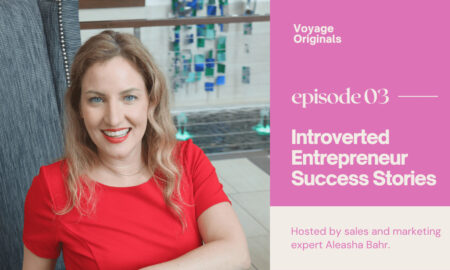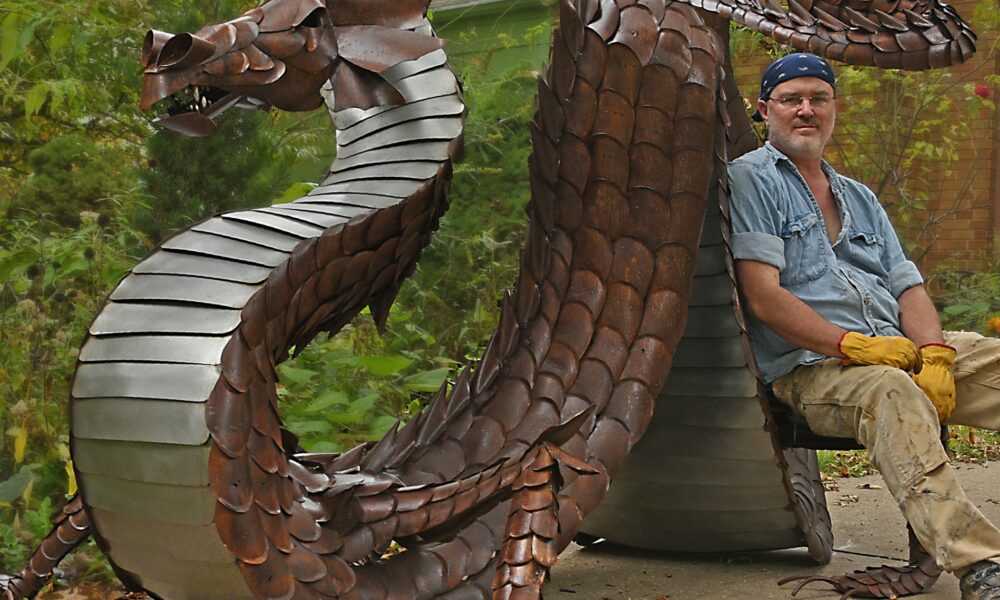

Today we’d like to introduce you to Wes Casey.
Hi Wes, we appreciate you taking the time to share your story with us today. Where does your story begin?
Art has always been a part of my life. For as long as I can remember, I have been creating art in one way or another. I have been drawn to nature since my earliest days, and art allowed me to explore the world around me. I was found to have an aptitude for drawing and painting and began studying art early. My father was a talented artist, although not formally trained, and would assign me projects. If he saw me struggling with a particular aspect, say, getting a horse’s leg just right, he would have me draw legs over and over until I understood the anatomy and form thoroughly. In my junior and senior years of high school, I attended classes at Kansas City Art Institute, studying figure drawing and painting. I was awarded a scholarship to start formal classes upon graduating high school. A few weeks before starting classes, my father suddenly passed away, and that first semester was difficult. I dropped out of school and decided I needed to travel.
I had not been much outside of the Midwest. I traveled the western states, working odd jobs and couch surfing without much direction. I came back to Kansas City and was offered an apprenticeship with the amazing photorealist artist Mark Webber. Mark taught me more than painting; he taught me how to truly see the subject, the colors, the light, and the relationships of the forms. Mark taught me so much, but I began to feel the photorealism style restrictive and began to chafe against it. My itchy feet got better, and I again felt the need to explore. I backpacked and hitched my way through Europe, North Africa, Asia, and Australia.
I spent a few years working on fishing boats in Alaska and, in between seasons, traveled around Central America. I returned to Kansas City, finished the flight training I had started a few years before, got my commercial pilot license, and began working as a cargo pilot. I was still creating art during this time, but not consistently or seriously. I met my now wife, and we planned to get married. That was 2001, just before the attack on the World Trade Center on 9/11. I lost my job as a pilot and felt rudderless. I felt that with a new wife, I needed a steady job. I returned to school and earned my nursing degree, becoming a registered nurse working in the burn ICU at KU Medical Center and later in the Emergency Department. My job was rewarding, but I was desperately missing my creative release. I started an adult continuing education class offered at that Kansas City Art Institute in sculptural welding. I fell in love with sculpture, the freedom of creativity it allowed, and the sense of limitless expression. Since that time, I feel I have been at my most creative and prolific, showing in several galleries in Kansas City, Mission, and Lawrence.
We all face challenges, but looking back, would you describe it as a relatively smooth road?
It has not been a smooth road by any means. There have been many challenges. But as with many things in life, most obstacles were of my own making. Once, years after I had been his apprentice, Mark Webber published a book on painting, and I asked him to sign a copy for me. He wrote, “To Wes, a man with more talent than he knows what to do with.” It was a backhanded compliment, but I understood what he meant. Focus, you are an artist, be an artist. Growing up, I was always told it was great that I wanted to be an artist and have a backup plan. This is the worst advice you can give an aspiring artist. If you want to be an artist, plan on being an artist.
Thanks – so, what else should our readers know about your work and what you’re currently focused on?
I am fascinated by nature and the science of natural history. But also in the myth and folklore that surrounds our natural world. In my travels, I was most intrigued by the ceremonial and spiritual ways that nature is depicted in various cultures. Art has always been a way of storytelling, and I try to convey a story with my art. My process involves studying the history and myth of the subject and making multiple sketches and models; the exploration of each subject and its form dictates the medium in which it is constructed, depending on the story I wish to tell. I have become known for my construction technique in my work. Whether the medium I work in is steel, wood, fabric, ceramic, tar paper, or a combination, many of my sculptures are sewn together. Sewing is something I have been doing since I was little. My mother always had a sewing room and made much of our clothing growing up. I would go into the room rummaging through fabric scraps and playing with her sewing machine. Sewing came naturally as a construction technique, and I love how it works with the pieces I create. The challenge in sculpture that I strive for is creating a sense of fluidity within a static object. This search for fluidity and movement means using traditional and non-traditional mediums and techniques. This may mean wind-worn feathers are constructed from ripped tarpaper or sleek muscle depicted by glossy ceramic or segmented steel. Hammered copper becomes bone and shell. Cable, barbed wire, and rope become fur or hair. At the same time, twisted and braided metal rods come to form branches or horns.
Let’s talk about our city – what do you love? What do you not love?
Kansas City has long had a reputation as a cow town, but having traveled to many cities in the US and abroad, I am amazed by the level of diversity and culture this city has. Kansas City (and I include the whole metro in that) has one of the best art scenes in the country. The Nelson Atkins and Kemper museums are truly two of the best in the world. The Crossroads District and West Bottoms have become must-see destinations for outside tourists. I love the number of restaurants of every taste and ethnicity available. That being said, I am saddened by the continued level of segregation that remains in this city’s history of redlining neighborhoods. Along with that history comes the resulting and environmentally damaging urban sprawl.
Contact Info:
- Website: wescaseystudio.com
- Instagram: @wescaseystudio
- Facebook: Wes Casey Studio
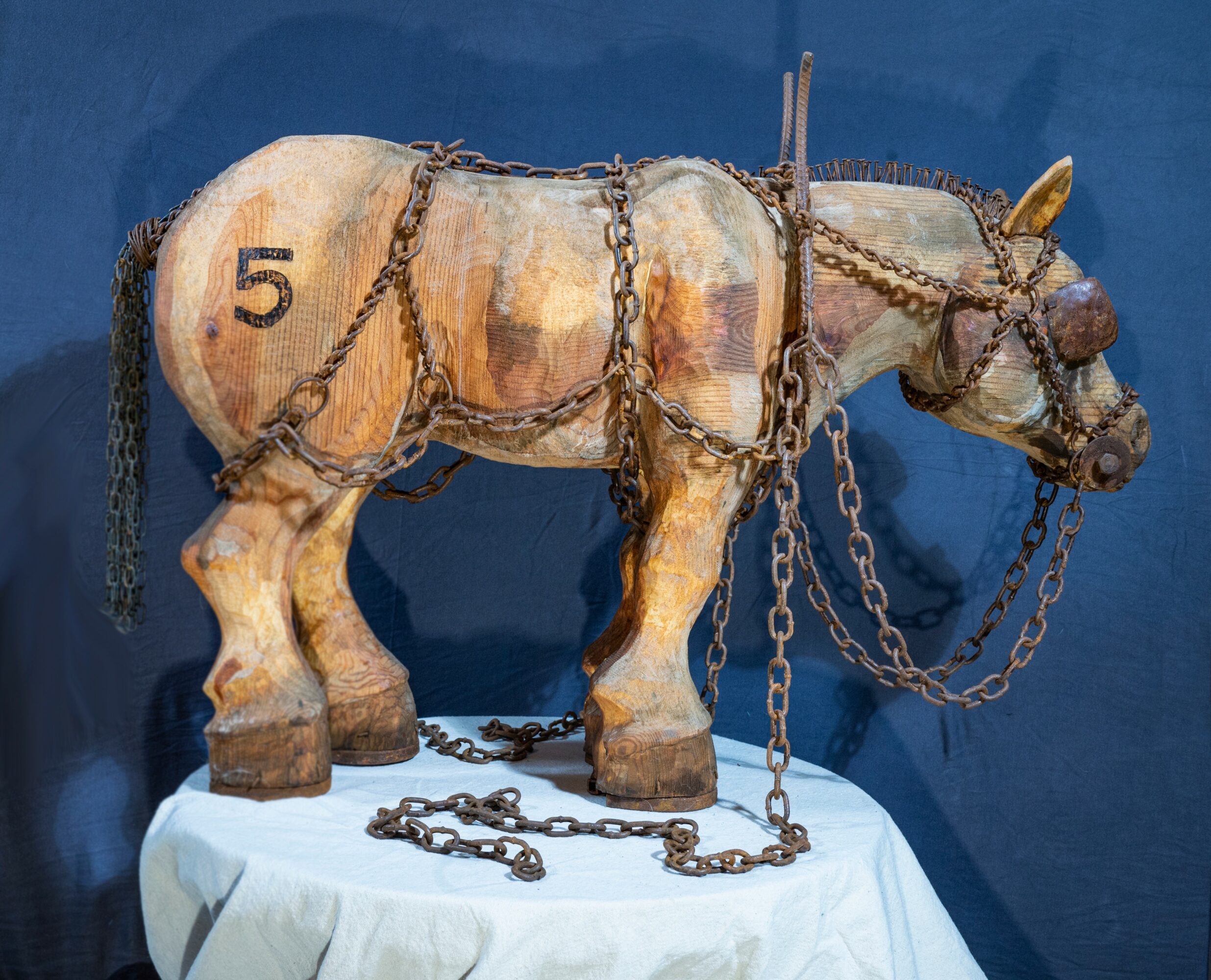

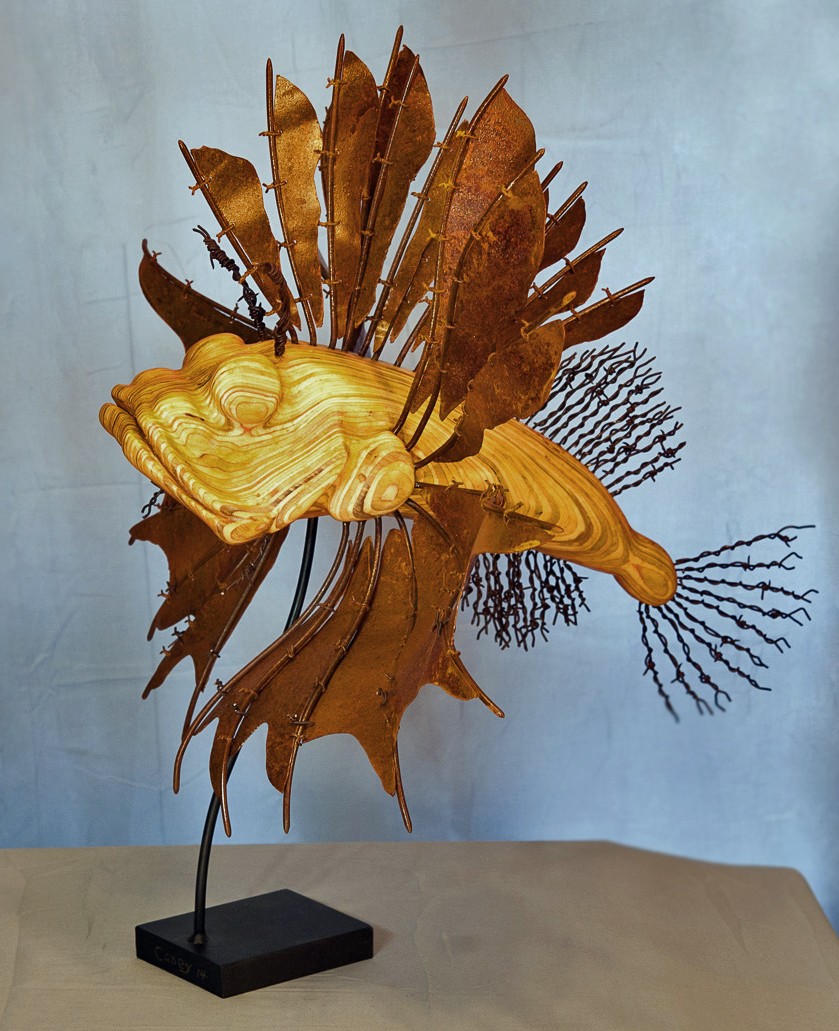

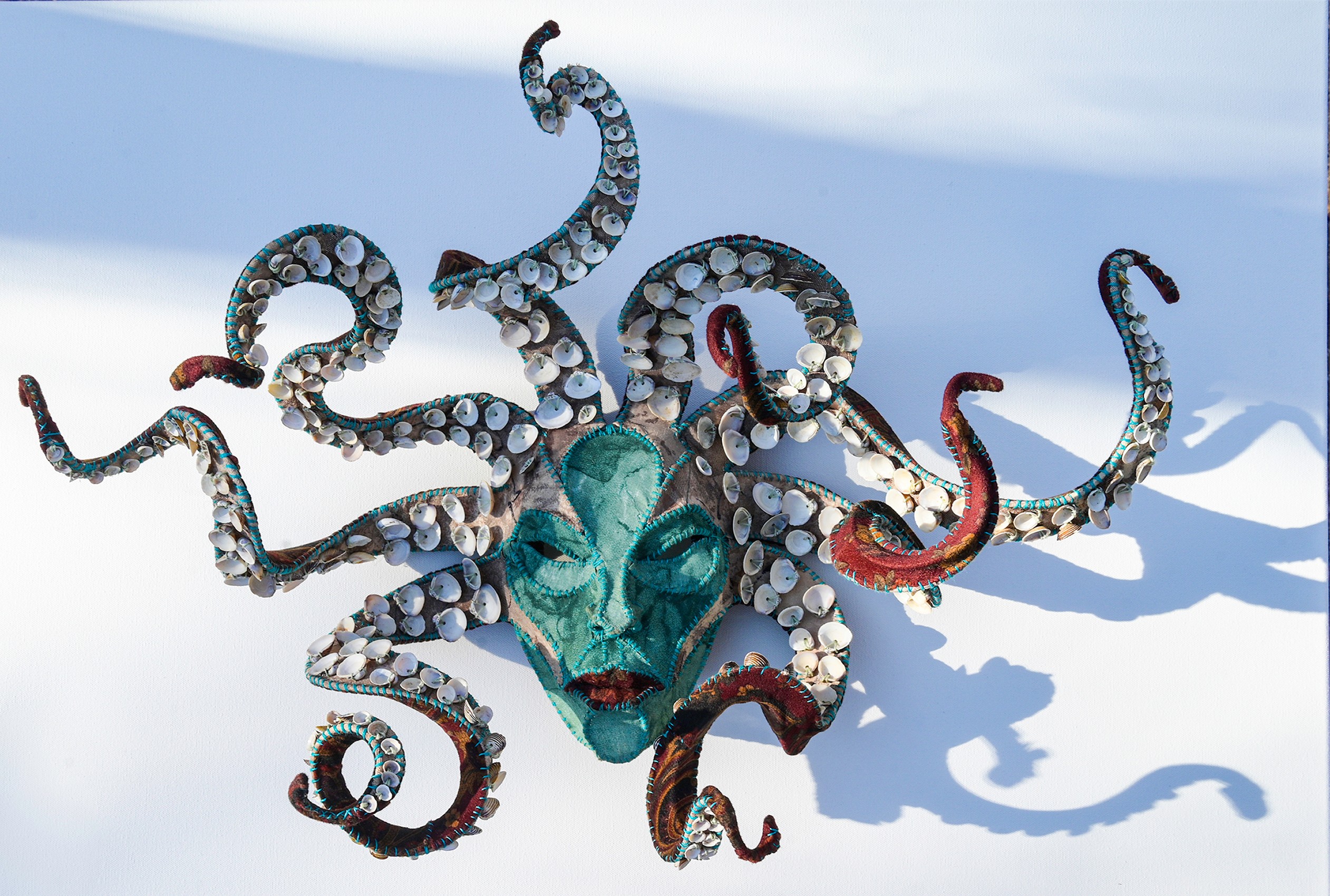
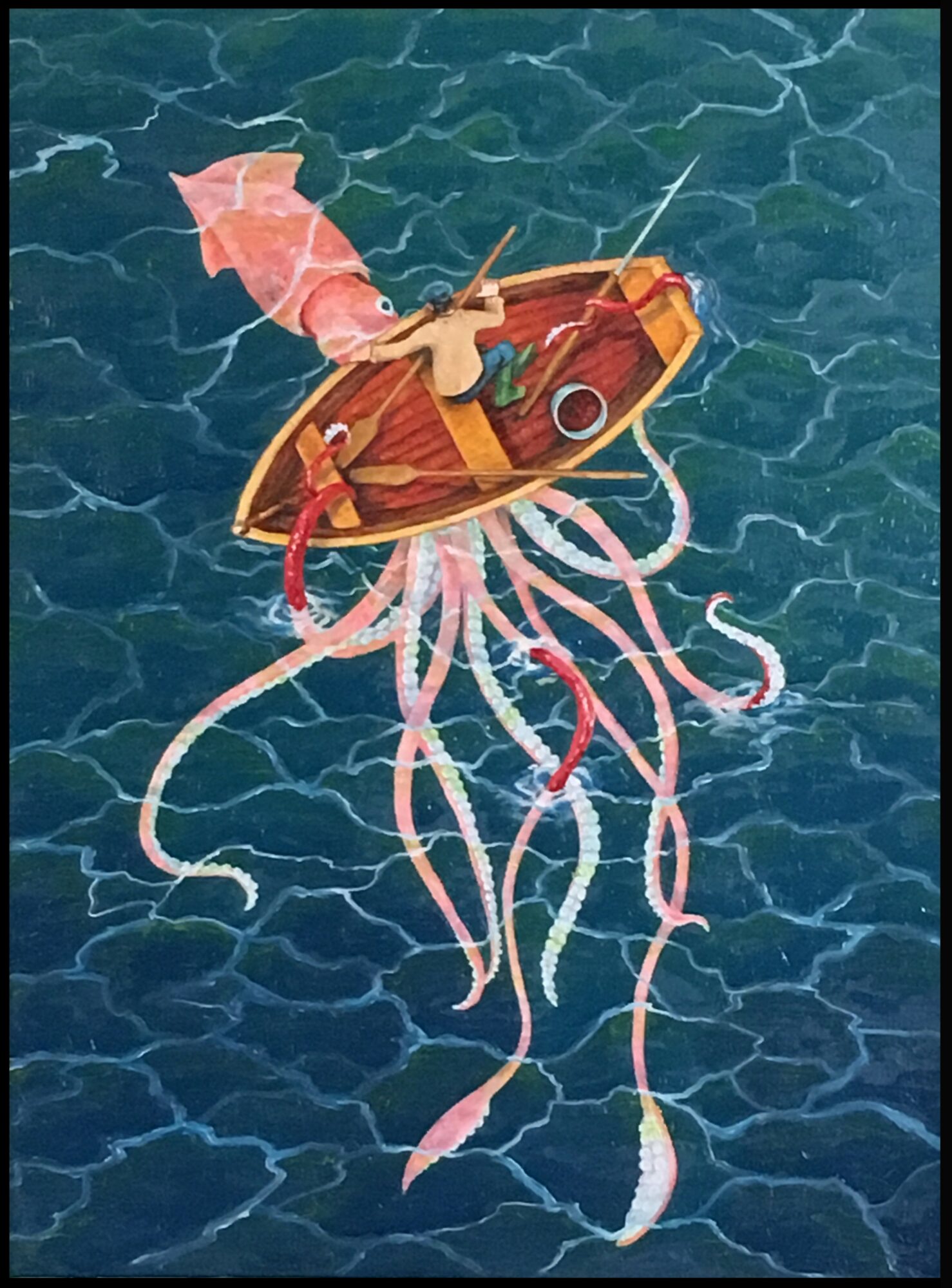
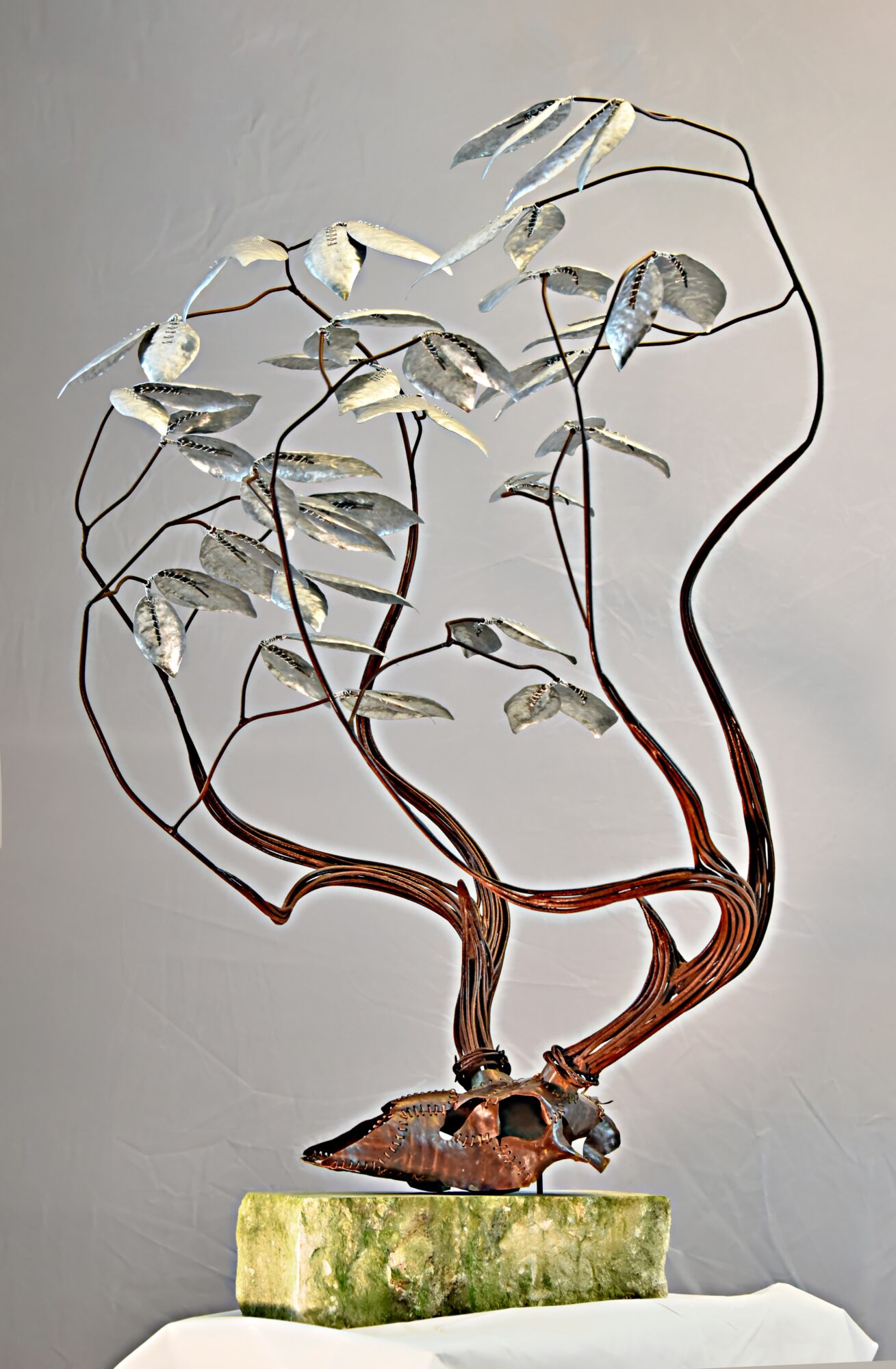
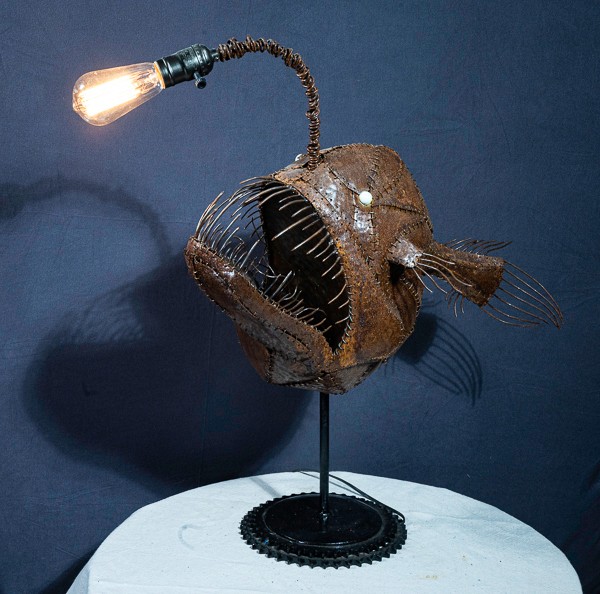
Image Credits
All photos by Genevieve Casey

